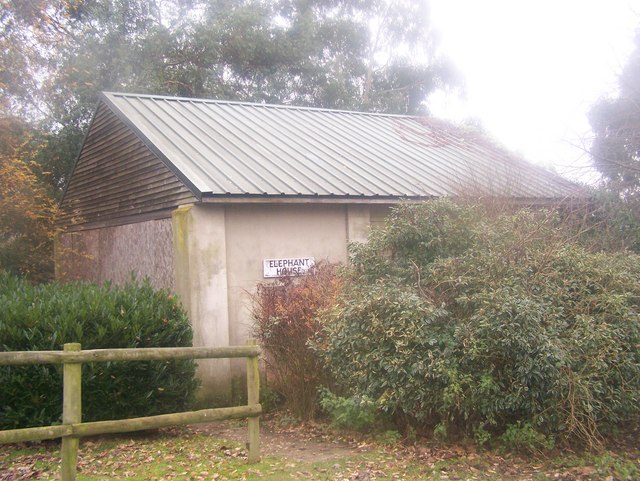I recently visited the Cotswold's Wildlife Park. It was a planned visit which formed part of the DMZAA residential study week. It was the first time I had been there, and was excited to go as our Pallas Cat, Khan, had moved there a few months back. Sadly we seemed to miss the
Pallas Cats, I think they were tucked away in a corner somewhere and I
didn't have time to properly search for them. A good reason to return!
We
were taken around the site by one of the keepers, and got a few behind
the scenes tours, which is always exciting. They have an amazing lemur
walk through, the highlight of which is the crowned sifaka. A species I
have long wanted to see and eagerly waited to see him move - they're the
lemurs that are on every Madagascar documentary, the ones that jump
everywhere on their back feet (they evolved for an arboreal existence so
their legs are too long to walk properly).
 |
| Mandalay (female) |
One
thing that I was quite surprised by was the keepers and other members
of my college group (all keepers/zoo volunteers) opinion/experiences of
clouded leopards. I must point out that the only experience I really have of clouded leopards is the pair at WHF. Everyone I spoke to said that clouded leopards were nocturnal, shy, and they never really saw them (in their own collections and others). I think our two cloudies haven't read the rule book.
The two clouded leopards at WHF are two very popular cats. Ben and Mandalay were originally a breeding pair that came from the Aspinall Foundation (Howletts/Port Lympne) in Kent. They came to us for their retirement and are helping us to learn all about keeping cloudies with the eventual hope that we will breed them ourselves. Ben has now had a vasectomy, so they can no longer breed (he was a little too good at his job so has lots of progeny out there).
 |
| Ben (male) |
What makes them extra special, or at least Ben extra special is how much he "likes" people. Mandalay is a little more shy and doesn't often come down from her "safe branch." Ben is particularly chatty, and he chuffles. The wonderful noise most often associated with tigers. When you take tours around and get to the clouded leopards guests are usually amazed by them. Ben often trots up to the window and puts his paws on the ledge to peer out and say hello. They make a noise I can only liken to a ducks quack, and he'll often answer back if you attempt to call him using "cloudy speak." After a long time of failed attempts, I finally managed to get the chuffle on film yesterday. After a little coaxing from a fellow volunteer he came close enough and was loud enough for the mic to pick it up.
I apologise for the angle and the excited squeak when he does chuffle... it's just the cutest noise!
 When I was lucky enough to get my hands on some very cheap pumpkins just after Halloween, and donated the lot to WHF - not before carving a few first. My obvious "target" was the Pallas Cats, so I carved one especially for Wei-Shand - this is the result
When I was lucky enough to get my hands on some very cheap pumpkins just after Halloween, and donated the lot to WHF - not before carving a few first. My obvious "target" was the Pallas Cats, so I carved one especially for Wei-Shand - this is the result














































